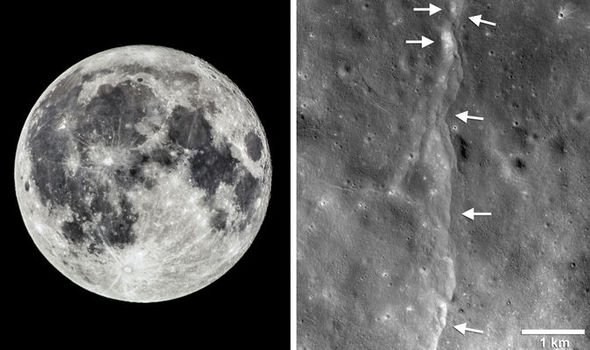
A new study funded by NASA says that the Moon’s core is gradually cooling and causing it to shrink. Its surface develops creases that create “moonquakes,” as well as landslides. The Moon’s surface crust is brittle, so it breaks as the Moon shrinks. The Moon has shrunk by about 150 feet in circumference over the last few million years, which is a significant number in geological terms, but is too small to cause any ripple effect on Earth.
The Moon’s south polar region has experienced the most effects of the shrinking Moon. This new research is helping scientists to understand how the moonquakes and faults that the Moon is experiencing could impact future space missions. Scientists are hoping to explore the Moon’s south pole because it is believed the craters there may hold frozen water that could aid future missions. The Moon does influence our tides on Earth, but the shrinking is happening at an extremely slow pace, so there won’t be any noticeable changes on Earth any time soon.
The Moon isn’t the only world in our solar system experiencing some shrinkage with age. Mercury has enormous thrust faults indicating that it has shrunk much more than the Moon. NASA says that they will take what they learn on the Moon, and go to Mars.
NASA discover moon experiences moonquakes
Taylor Blauwkamp
